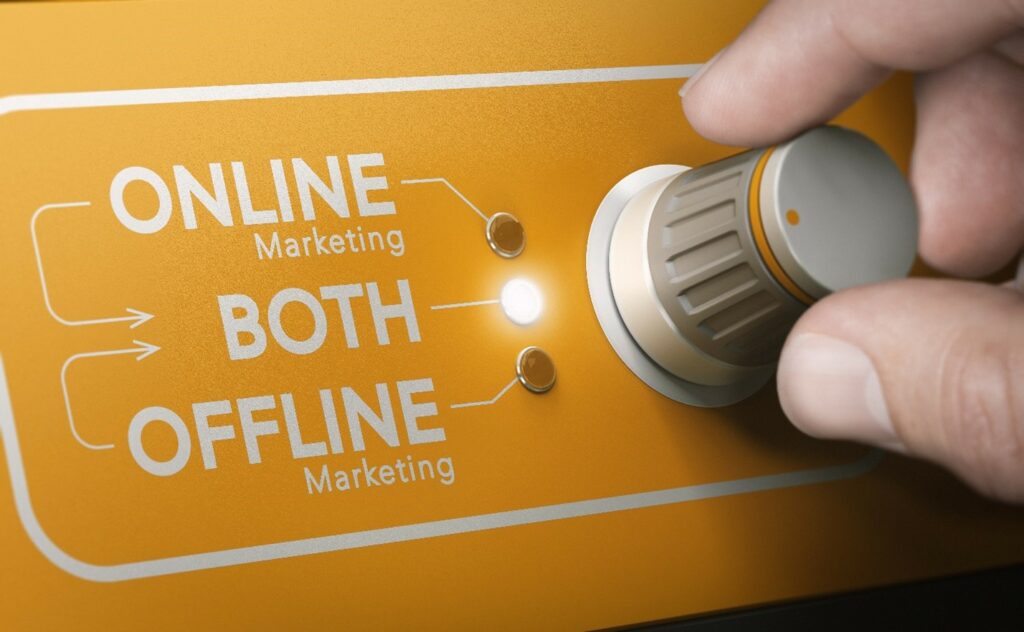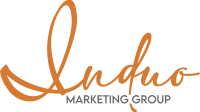The Right Marketing Mix in Today’s Media Landscape
Just as companies and entrepreneurs have realized that marketing their dream has gone from the “Four Ps” (Product, Price, Place, Promotion) to the “Seven Ps” (Product, Price, Place, Promotion, People, Process, Physical environment), marketers and advertisers have realized that multi-channel marketing is necessary to effectively sell the dream.
What is Multi-Channel Marketing?
Multi-channel marketing combines two or more outlets of advertising into a cohesive strategy to reach potential customers. Many years ago, there were fewer channels available to reach those customers – mainly television, print, and radio. A few years ago, a dramatic shift to digital outlets occurred. Today, finding and more importantly engaging with potential customers in the right place and at the right time requires a honed, but diverse, approach – and that approach must remain flexible.
What are the Benefits of Multi-Channel Marketing?
- Expanded Reach – Not every customer is going to consume from a single channel. By utilizing multi-channel strategies, you are able to reach a broader customer base.
- More Engagement – Since customers consume multiple channels, you are allowing for “repeat consumers” to engage on different levels with varied levels of action. For example, a customer may see a television advertisement and then see the same advertiser on TikTok, where they can follow for more content.
- Find Customers in their Comfort Zone – Customers have their “favorites”, so allowing them to engage within their own preferred channels will build consumer trust and confidence.
- Matching the Customer Journey – Consumption of media varies for each individual consumer, but there are trends to show proven patterns. For example, L’Oreal’s CMO for the Nordics noted that campaigns that combined both television and Facebook/Instagram resulted in a 22.6% incremental reach and a 12-point lift in ad recall.
What is the Right Marketing Mix?
While every business would like to be in the position of McDonalds or Nike, the reality for most is that it’s not feasible to be everywhere, all the time. The initial opinion may be to jump right into digital platforms. However, it’s important to analyze, test and optimize for both online and traditional channels.
Traditional Channel Benefits
- Longevity – television, radio, and especially print and billboard offer more long-term exposure. For example, customers typically drive the same paths daily, seeing the same billboard repeatedly over the course of time.
- Brand awareness – Offline or traditional channels are the cornerstone to building a company’s brand. Even digital powerhouses like Amazon and TikTok are seen on television.
- Brand and sales lift –Research shows that TV and print ads trigger online searches. 40% of searches conducted by people who use search engines were driven by television ads.
Digital Channel Benefits
- Tracking and measurement – The concept of being able to track a customer’s actions down to the conversion is very appealing. This data allows for optimizations and ultimately a better ROAS and ROI.
- Cost – Since ROAS and ROI are the ultimate goals, it’s valuable to remember that digital channels tend to have a lower CPM than traditional mediums.
Targeting –So much data exists regarding customers in digital channels, so it’s much easier to narrow in on niche customers and lower funnel shoppers.
Reaping the Benefits of Marketing Mix
Finding the most effective combination of branding, messaging, and targeting requires well-developed strategies, understanding the product and the customer, implementation, and optimization. The media and consumer landscape are always evolving, but when the right combination of multi-channel marketing comes together, companies can achieve more. Whether it’s a small business or Amazon, every business will reap the benefits of the right marketing mix.





